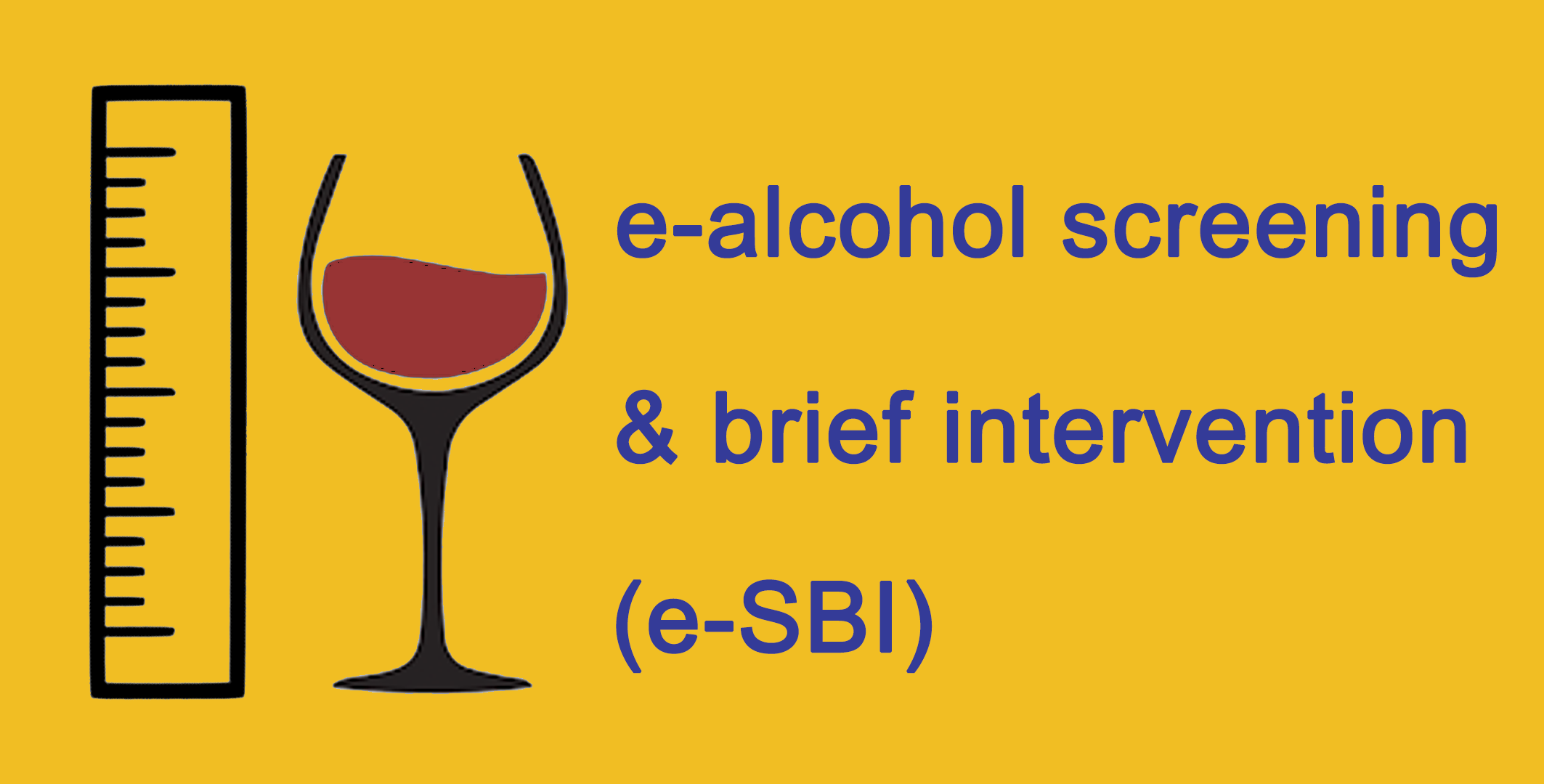NCD Watch
Be Aware of “Brain Attack”
31 Dec 2019 (Tue)
 Cerebrovascular disease is a group of diseases related to blood vessels supplying the brain. The most common presentation of cerebrovascular disease is stroke. Major types of stroke are ischaemic stroke caused by a blood clot obstructing the flow of blood to the brain, and haemorrhagic stroke caused by a blood vessel rupturing and preventing blood flow to the brain. Without oxygen and nutrients carried by blood, brain cells would die.
Cerebrovascular disease is a group of diseases related to blood vessels supplying the brain. The most common presentation of cerebrovascular disease is stroke. Major types of stroke are ischaemic stroke caused by a blood clot obstructing the flow of blood to the brain, and haemorrhagic stroke caused by a blood vessel rupturing and preventing blood flow to the brain. Without oxygen and nutrients carried by blood, brain cells would die.
Stroke can occur in anyone regardless of age including newborns and children, yet stroke is uncommon in people under 40 years old and predominantly affects elders. When stroke does occur, the most common cause is high blood pressure.
In Hong Kong, the age-standardised death rate of cerebrovascular disease per 100 000 standard population has nearly halved from 34.4 in 2001 to 17.7 in 2017. However, cerebrovascular disease remains as a major disease killer, claiming more than 3 000 lives annually. In 2017, cerebrovascular disease was the fourth commonest cause of death in Hong Kong (or accounting for 6.8% of all registered deaths). Of 3 124 registered deaths due to cerebrovascular disease, 84.5% were elders aged 65 and above.
Furthermore, the Population Health Survey 2014/15 conducted by the Department of Health observed that 1.4% of land-based non-institutionalised persons aged 15 and above self-reported of having been diagnosed with stroke by a Western medical practitioner.
An international study of risk factors for stroke found that 90% of acute ischaemic stroke and intracerebral haemorrhage worldwide are caused by 10 potentially modifiable behavioural and biomedical risk factors collectively. Apart from hypertension, they include smoking, unhealthy diet, physical inactivity, alcohol drinking, psychosocial stress, abdominal obesity, dyslipidaemia, diabetes mellitus and cardiac causes. Accordingly, intervening upstream on a cluster of behavioural risk factors to induce parallel reductions in the prevalence of biomedical risk factors is one key strategy for prevention and control of stroke.
To reduce stroke risk, members of the public are encouraged to pursue a healthy lifestyle that includes:-
- no smoking
- having a balanced diet with at least 5 daily servings of fruit and vegetables
- limiting salt intake to less than 5 grams per day
- refrain from alcohol use
- exercising regularly
- maintaining a healthy body weight; and
- managing stress with healthy coping strategies (such as practising deep breathing or talking to someone when feeling stress or anxious).
Also, be familiar with the F.A.S.T. warning signs of stroke (including “mini-stroke”) and act fast if shown in order to improve treatment outcomes, minimise disabilities and reduce the risk of death.
F
- Face drooping
A
- Arm weakness
S
- Speech difficulty
T
- Time to call 999






































